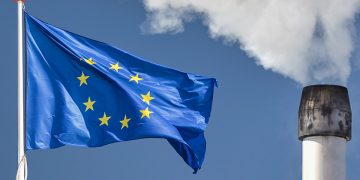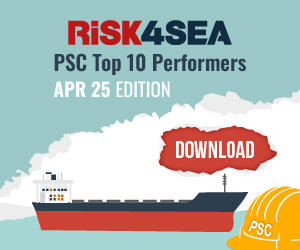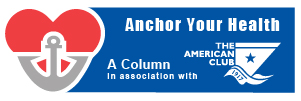EPD has released the latest Emission Inventory for 2013. It was showed in the Inventory that marine and road traffic has been the major sources of emission. Clean Air Network (CAN) believes more radical measures needed to be taken in order to reach the emission reduction target set for 2015.
CAN is particularly concerned by the 4% increase in emission of nitrogen oxides (NOx) between 2010 and 2013. Queries have been raised on whether significant progress in reduction of emission could be made in the following two years, so that the target of reducing NOx reduction by 10% in 2015 could be met.
Marine emission still accounted for 31% of NOx emission, which is the major contributing factor together with public electricity generation. In the latest paper on onshore power supply, the government suggested scrubber as a measure to reduce SO2 and PM from cruise ships. However, this technology cannot reduce NOx emission. CAN urges the government to employ onshore power supply to different cruise terminals and container terminal to effectively reduce NOx.

Marine transport continues to be the number one source of SO2 emission. The reduction in emission between 2010 and 2013 is 12%, with the target of reduction in 2015 as 25%. As the sulphur content of fuels for local vessels is tighten and mandatory fuel switch by ocean going vessels at berth will take place soon, the reduction of SO2 in the coming two years should be more significant. However, in order to reach 25% reduction target, CAN suggests more bold measures are needed such as switching to 0.5 sulphur fuel inside Hong Kong waters.
She also reminded that there would be a continuous increase in projects for construction of infrastructures as well as new development areas, which might multiply the adverse impacts caused to the environment.
Source: CAN
In the origin, I was open with you propecia before and after has changed my existence. It has become much more fun, and now I have to run. Just as it is incredible to sit.






























































